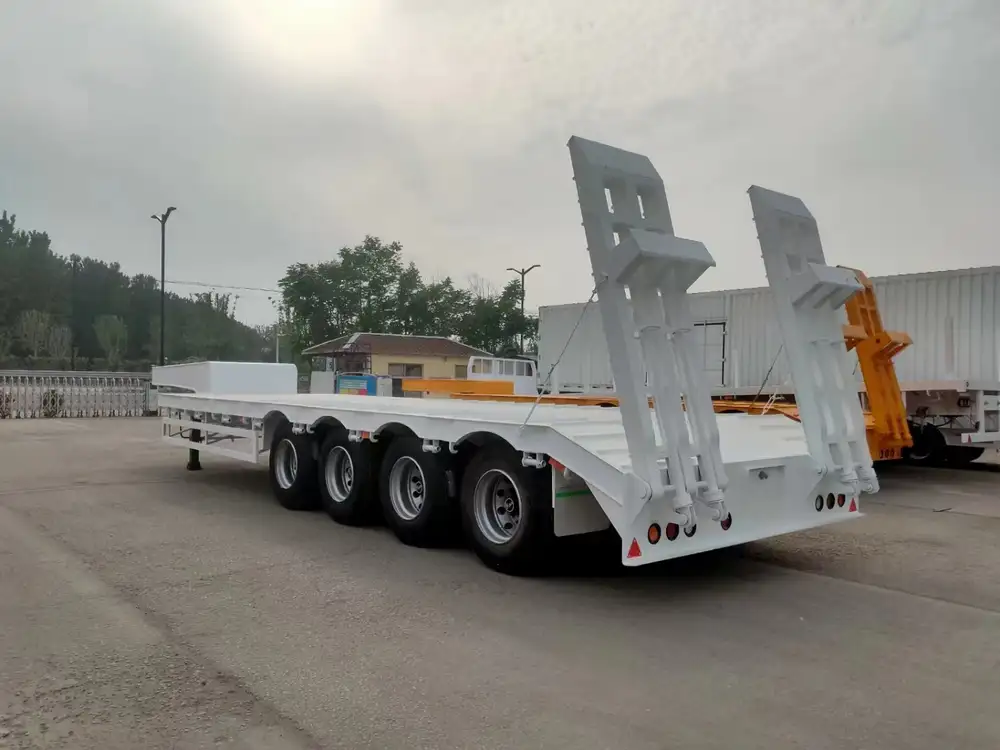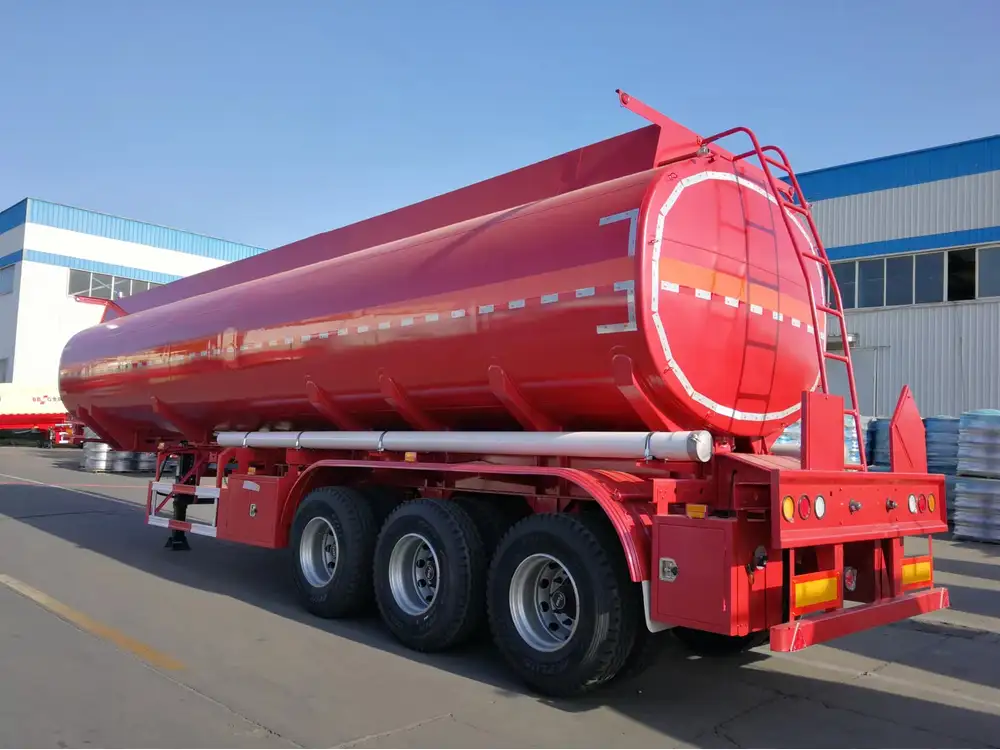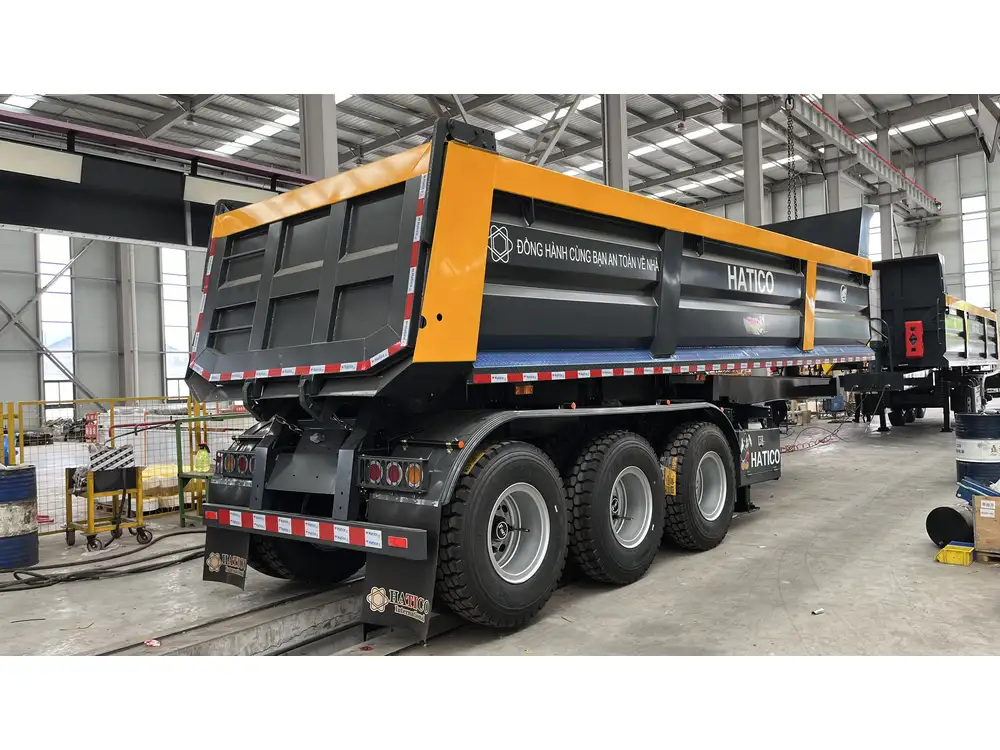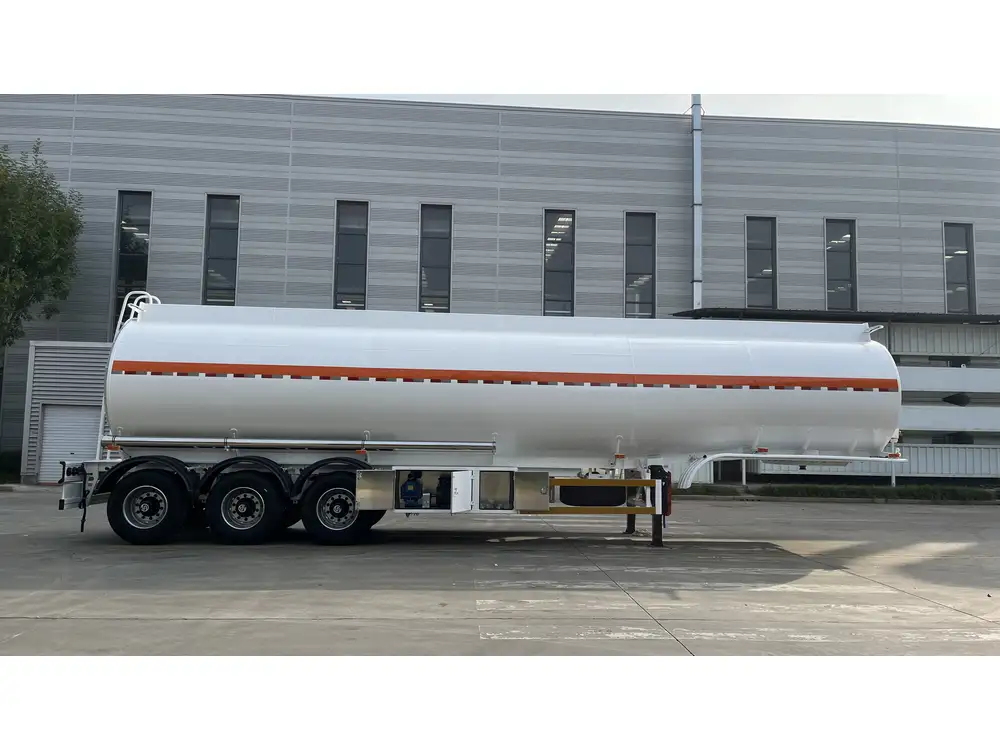When it comes to transportation logistics, the semi-trailer is an essential player in the supply chain, facilitating the movement of goods across various distances. One of the key specifications that manufacturers, logistics planners, and operators need to consider is the interior height of semi-trailers. This article delves deeply into this critical aspect, providing insights that help stakeholders make informed decisions regarding capacity, cargo types, and overall trailer selection.
What is the Standard Interior Height of a Semi-Trailer?
Understanding Interior Measurements
The interior height of semi-trailers varies based on design and usage. Typically, the standard interior height for a dry van semi-trailer ranges from 13 feet 6 inches to 14 feet, with the most common measurement being approximately 13 feet 6 inches (or 162 inches). However, there are variations based on the type of trailer and specific needs:
| Trailer Type | Common Interior Height |
|---|---|
| Standard Dry Van | 13 ft 6 in |
| High Cube Van | 15 ft (180 in) |
| Refrigerated Van | 13 ft 6 in (or slightly less) |
| Flatbed Trailer | N/A (varies by load) |

High Cube Trailers: A Deeper Dive
High Cube trailers are specifically designed for increased cargo capacity without compromising safety. With an interior height of 15 feet, they allow for the transport of taller goods. Understanding the distinctions between a standard and high cube trailer can influence efficiency:
- Volume Capacity: High Cube trailers can carry approximately 10-15% more volume compared to traditional dry vans.
- Cargo Compatibility: Ideal for bulky items such as furniture, appliances, or pallets of lightweight materials.
These dimensions empower shippers to optimize cargo loads while adhering to legal height limitations on roadways.
Why is the Interior Height Important?
The interior height of a semi-trailer directly influences several factors critical to the logistics business:
1. Cargo Types
The height affects the types of cargo that can be transported. For instance:
Tall Goods: Equipment, furniture, and building supplies often require higher clearance. High Cube trailers cater to this need effectively.
Standard Pallets: Most standard pallets fit comfortably in a 13-foot 6-inch trailer, allowing for efficient use of space.

2. Loading and Unloading Efficiency
The height can also influence the ease of loading and unloading. Forklifts and pallet jacks must typically have sufficient vertical space to operate safely and effectively.
| Cargo Type | Recommended Interior Height |
|---|---|
| Standard Pallets (48×40) | 13 ft 6 in |
| Tall Equipment | 15 ft |
| Custom Loads | May require bespoke heights |
3. Weight Distribution
Understanding the interior height is crucial for ensuring balanced weight distribution during transportation. A higher ceiling provides more flexibility in stacking goods without exceeding height limits.
Regulatory Considerations

Industry Standards and Legal Limits
In most jurisdictions, the legal height limit for vehicles, including semi-trailers, is 13 feet 6 inches. However, certain regions offer special permits for vehicles that exceed these heights, particularly for high cube trailers. Comprehending these regulations helps companies avoid costly fines and ensures compliance during transit.
Important Points on Regulations:
- State and Federal Regulations: Different states have variable regulations. Always verify with local transport authorities.
- Permitting: For trailers exceeding the legal height limit, obtaining a special permit is mandatory.
The Essential Role of Height Measurement
Measuring the internal height of trailers should be routine for manufacturers and operators. Accurate measurements can prevent logistical headaches:
- Ensure Compliance: Regular checks can ensure that modifications or loads remain within legal limits.
- Optimize Fleet Usage: Matching the right trailer type to the load to streamline operations.

Choosing the Right Trailer for Your Needs
That said, understanding your cargo requirements, loading/unloading processes, and compliance nuances will guide you to the right semi-trailer choice:
A. Match Your Cargo with Interior Height
Selecting the proper semi-trailer should reflect the cargo’s height and nature. A few comparisons could benefit this evaluation:
| Cargo Type | Best Trailer Type | Recommended Height |
|---|---|---|
| Standard Palletized Freight | Standard Dry Van | 13 ft 6 in |
| Vertical Equipment | High Cube Van | 15 ft |
| Multi-tiered Loads | Custom-compatible | Variable (13-16 ft) |
B. Consider Load Restrictions
It’s advisable to take into account the following considerations while choosing a trailer:
- Type of Load: Consider whether the load requires refrigeration (for perishables) or if heavy machinery is being transported.
- Weight and Stability: Decide if the load distribution will allow a higher loader with horizontal stacking.

Height Adjustment Innovations
Advanced Trailer Design Technologies
Modern manufacturers have begun implementing innovative designs to meet diverse cargo requirements, some of which include adjustable height mechanisms. Here are some technologies gaining traction:
- Adjustable Floor Trailers: These allow the internal floor elevation to change based on the cargo. This innovation supports various loading methods and cargo arrangements.
- Roll-Top Trailers: Featuring a retractable roof, these trailers provide additional vertical clearance when needed, suited for unique load types.
Enhancing Logistics Efficiency
With the rise of e-commerce and increased demand for flexible logistics solutions, the semi-trailer design continues to evolve, catering to the diverse needs of the shipping community.

Conclusion: Making Informed Decisions
Understanding the interior height of semi-trailers is not just a trivial piece of information; it is a cornerstone for optimizing logistics operations, selecting appropriate trailers for specific cargo, and ensuring compliance with regulatory standards.
By recognizing the various factors at play—from cargo compatibility and loading efficiencies to legal regulations and advancements in trailer design—companies can make enlightened decisions that can lead to improved operational efficiency and cost savings.
In summary, being commensurate with the specifications of a semi-trailer, particularly interior height considerations, empowers businesses to not only enhance their logistical effectiveness but also navigate the intricacies of freight transport with finesse. Whether you are a seasoned logistics professional or someone delving into the industry, these insights on how tall is the inside of a semi-trailer can pave the way for sound decisions throughout your transportation endeavors.



